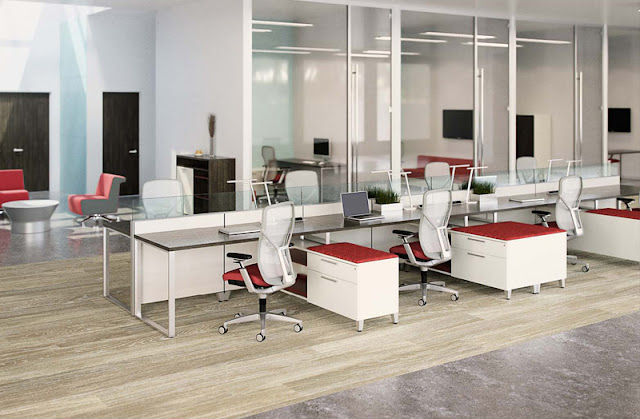Making The Workplace Your Happy Place

When most people think of their so-called happy place, they don’t think of their office – but is there a way that these spaces in which we spend so much of our lives can become a positive space? Here are some insights from our team of corporate office furniture specialists. Principles for a happier workplace Extensive research from YourStudio found that there are five principles each workplace should embody in order to become a progressive, happy and effective workplace – purpose, health, freedom, growth, and community. Combined with your company’s unique culture and vision, committing to these principles works to transform the drudgery of work into a positive part of daily life. This is especially essential for incoming generations to the workplace, as work culture has seen a significant shift from the traditional “work for a pay check” culture towards working for a purpose – being part of something bigger. Introverts can come to the table Traditionally, the workplac


